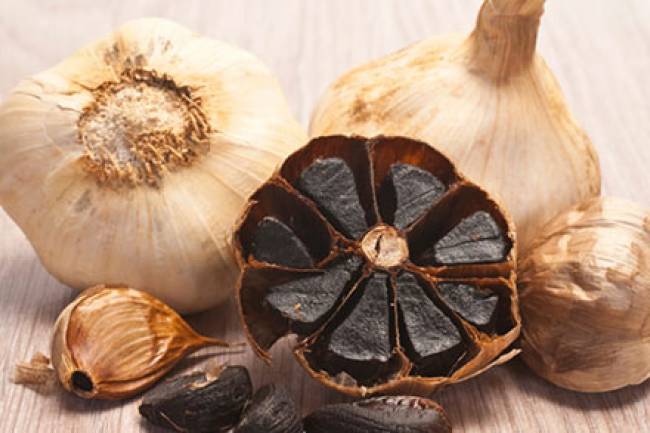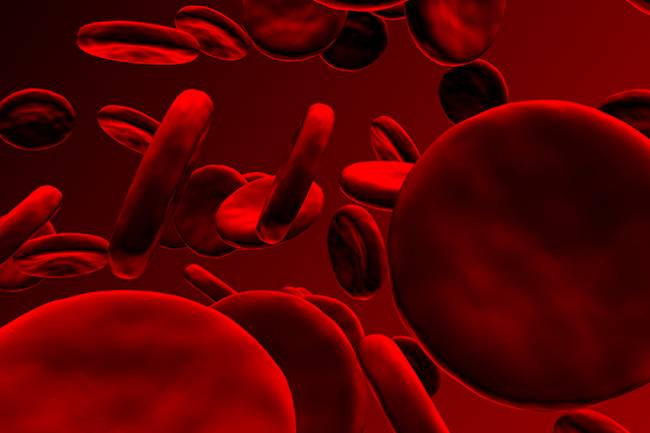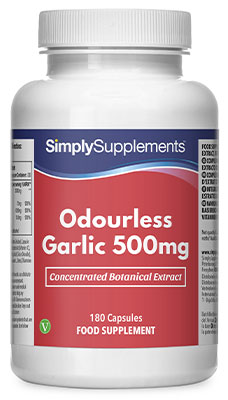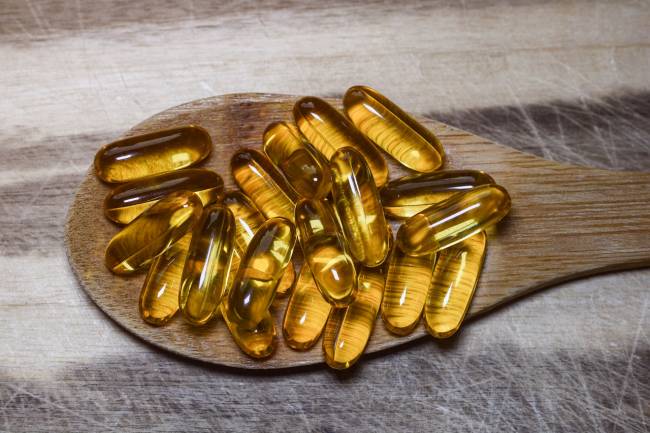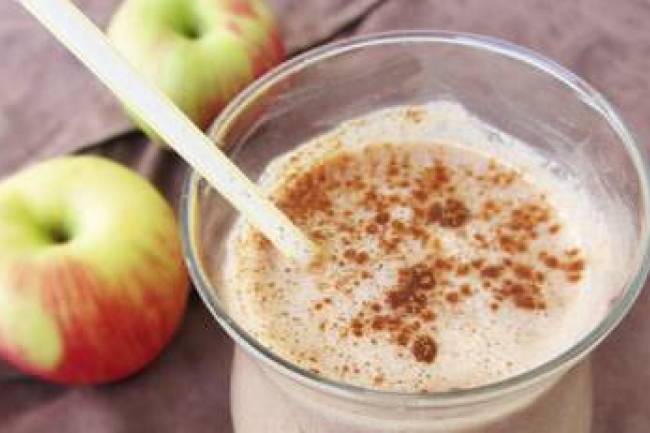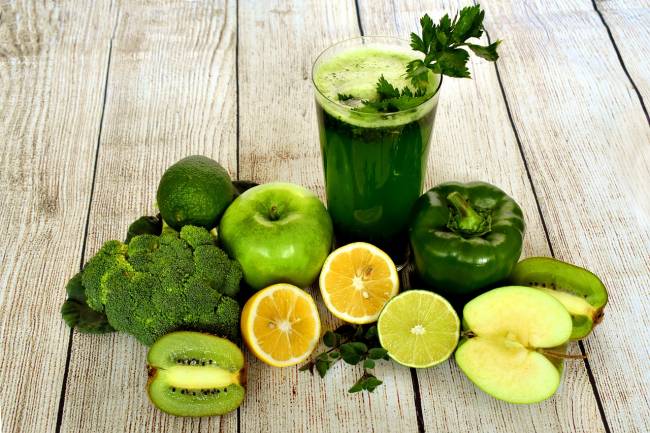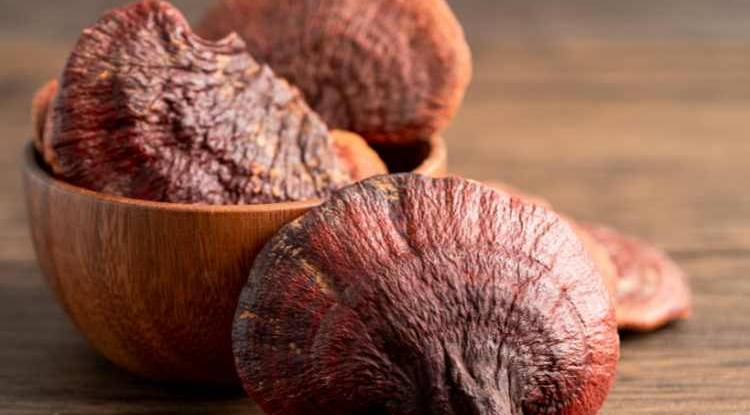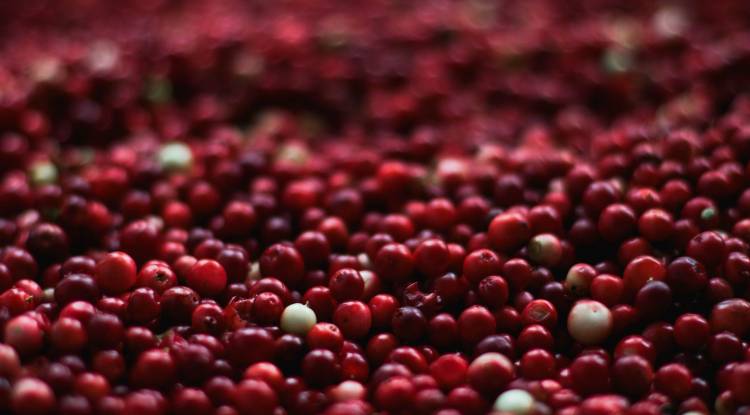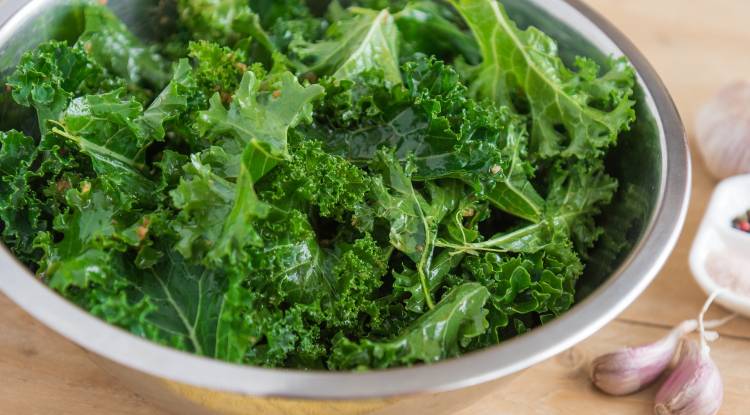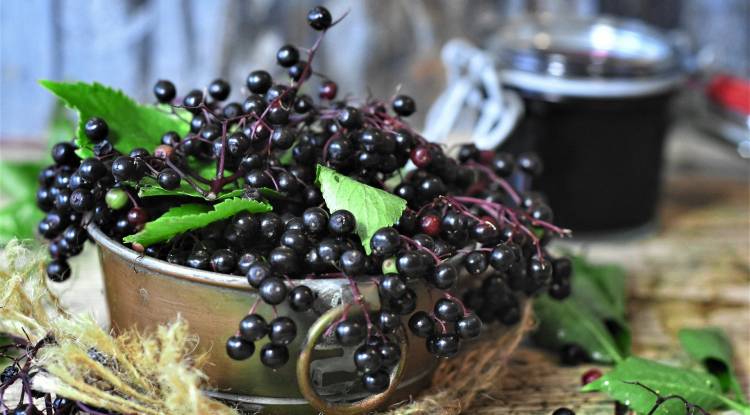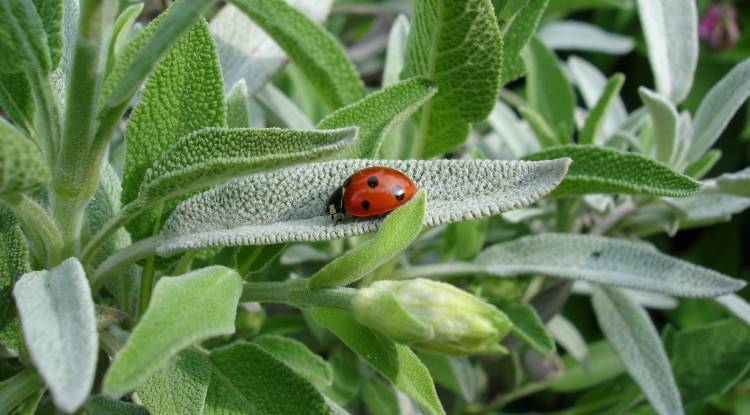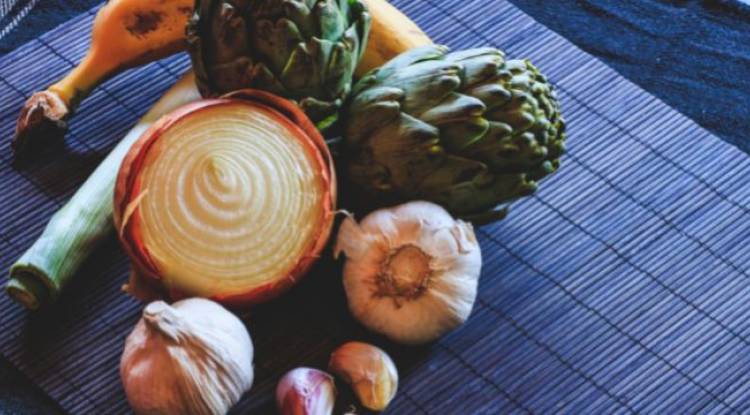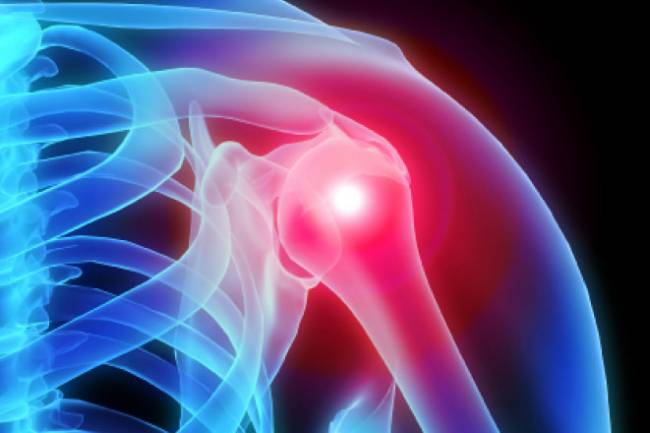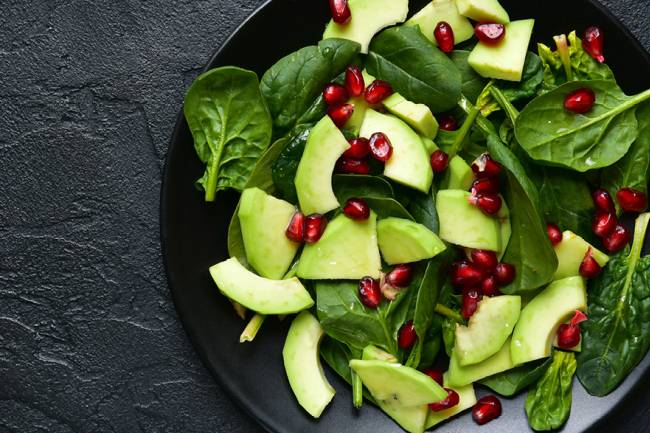How Can Garlic Help My Blood Pressure?
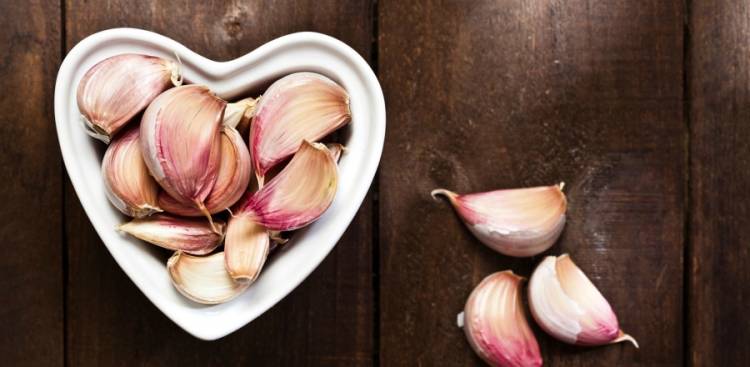
High blood pressure, also known as hypertension, is considered one of the most common health conditions in Western cultures. Blood pressure tends to increase naturally with age, with an estimated 25-30% of all adults suffering from the condition. It has further been suggested that 7 million deaths a year can be attributed to such problems.
Little wonder then that so many of us are looking for a simple and effective way to reduce our blood pressure; but is garlic that solution?
Benefits of Garlic for the Cardiovascular System
Garlic has been used as a medicine for thousands of years. Historical records demonstrate that it was used in Chinese medicine at last 3000 years ago and was also popular among the ancient Egyptians, the Greeks and Romans. The fact that garlic is still such a popular remedy all these years later suggests that it really does offer some significant benefits, but what does the science tell us?
Blood Pressure
 An interesting survey in India asked participants to record their diet over an extended period of time. Thereafter each volunteer had their blood pressure assessed, and links were sought between blood pressure readings and diet. The experts carrying out the survey noted that “subjects with blood pressure on the lower side are found to consume more garlic in their diets”.
An interesting survey in India asked participants to record their diet over an extended period of time. Thereafter each volunteer had their blood pressure assessed, and links were sought between blood pressure readings and diet. The experts carrying out the survey noted that “subjects with blood pressure on the lower side are found to consume more garlic in their diets”.
While this is far from conclusive it is a first indication that garlic really may help to control hypertension. Fortunately, garlic is so well-known for its reputed benefits for the circulatory system that far more studies have further expanded on our knowledge.
One such study took place in patients with high blood pressure, who were prescribed either a garlic supplement or an identical-looking placebo tablet for a period of 12 weeks. Regular health assessments were carried out during the study period, with the garlic group experiencing “significant” differences. It was noted that blood pressure fell and that cholesterol levels also reduced among those patients taking garlic, with improvements growing over time. In contrast, the placebo group saw no significant changes.
Other studies have found similar results. Elsewhere a group of fifty volunteers that had not responded to other blood pressure treatments were offering either 960mg of aged garlic extract per day or a placebo. After a treatment period of 12 weeks it was noted that blood pressure fell an average of 10.2mmHg, and that the impacts were greatest among the individuals with the highest initial blood pressure. The researchers also highlighted that the garlic extract was well tolerated, with no major side effects.
It has also been noted just how quickly these positive impacts can show. One analysis provided volunteers with a reasonably high dose of 2400mg while taking blood pressure measurements routinely throughout the day. It was noted that the impact of garlic seems to reach its peak just 5 hours after consumption, with this beneficial impact continuing for at least 14 hours afterwards.
These are just a tiny handful of the dozens of similar studies carried out in recent decades, all of which demonstrate a positive impact on blood pressure as a result of consuming garlic either in the diet or in supplement form.
However, this is far from the whole story. The human circulatory system is complex and multifaceted, with a wide array of factors having an impact. Just one such example is cholesterol...
Cholesterol
So-called “low density lipids” or LDL cholesterol are often known in the mainstream media as “bad cholesterol”. High levels of LDL cholesterol increase the risk of atherosclerosis by contributing to the creation of plaque within the arteries. As blood vessels narrow in response to atherosclerosis blood is forced through a smaller tube, often leading to increased blood pressure.
Consequently, the control of blood pressure is intricately linked with cholesterol, and minimizing excessive LDL cholesterol in the body can help to hold blood pressure within bounds considered safe by medical professionals.
In one scientific study, a group of men with existing high levels of LDL cholesterol were provided with either 7.2g of aged garlic extract for a period of six months or a placebo. Risk factors for cardiac disease were recorded throughout. The most exciting result was that total cholesterol levels fell by between 6.1% and 7% in the garlic group; the control group saw no such improvement. At the same time, the scientists found that systolic blood pressure fell by 5.5%. They concluded that “dietary supplementation with aged garlic extract has beneficial effects on the lipid profile and blood pressure”.
Another experiment provided participants with 900mg of garlic extract per day for a period of 12 weeks. The patients were asked to keep all other lifestyle aspects, including diet and exercise, exactly the same. At the end of the study it was noted that LDL cholesterol levels fell by as much as 11%, while total cholesterol also fell to safer limits.
While a reduction in “bad” cholesterol is a beneficial impact in itself, the fact that this can further help to reduce excessive blood pressure makes garlic doubly beneficial.
Platelet Aggregation
 Under a microscope red blood cells look rather like discs; they are cylindrical and flattened in general shape. The flat surfaces of these blood cells can attach to one another; a process known as “platelet aggregation”. When this occurs, they may be more prone to getting stuck, causing circulatory problems.
Under a microscope red blood cells look rather like discs; they are cylindrical and flattened in general shape. The flat surfaces of these blood cells can attach to one another; a process known as “platelet aggregation”. When this occurs, they may be more prone to getting stuck, causing circulatory problems.
Indeed, one key aspect of atherosclerosis is that platelet aggregation (or “clumping”) may be become more common as they slow down when passing the narrower part of the vein. This, in turn, can cause blockages that lead to heart attacks or strokes. Consequently, anything that helps to guard against this aggregation has a potential preventative impact, and may lessen the risks associated with high blood pressure or narrowing of the arteries.
In one study participants were provided with 800mg of garlic powder per day for a period of four weeks. Thereafter analyses were made as to the frequency of platelet aggregation, together with a range of cardiovascular factors. It was noted that “spontaneous... aggregation disappeared”.
Furthermore, the results obtained showed that these volunteers also experienced a 9.5% reduction in diastolic blood pressure and even significant improvements in blood glucose levels. This illustrates further potential benefits of garlic in controlling or reducing blood pressure and so reducing the risk of cardiovascular disease.
Aortic Elasticity
The aorta is the largest blood vessel in humans. This artery attaches to the side of the heart and is responsible for carrying freshly oxygenated blood into the main circulatory system where it can be distributed around the body.
Like all blood vessels of the body, however, an unhealthy diet and/or lack of exercise can lead to this artery stiffening. This happens most commonly when “plaque” is laid down on the inner surface, both making the artery narrower and more rigid.
This, in turn, can mean that blood circulates less effectively and can be a contributing factor to heart conditions. In other words, as the biggest blood vessel it is crucial to keep it functioning optimally at all times.
Researchers gathered together a group of 101 volunteers who had been supplementing their diet with at least 300mg of garlic powder per day for a period of at least 2 years. They also recruited another comparison group who did not take garlic, taking care to ensure that each group matches both in terms of age and gender for a fair comparison.
They then used a technology known as “pulse wave velocity”, or PWV, to measure the elasticity of each individual's aorta. Their results showed that these scores were indeed “lower in the garlic group than in the control group”. Furthermore, they found that while arterial hardening naturally occurs increasingly with age, the increases were far smaller among the garlic group. They therefore summarized that “garlic powder intake attenuated age-related increases in aortic stiffness”.
Dementia
Whilst garlic's most celebrated health benefit seems to focus around its ability to maintain blood pressure, within reasonable limits there is another surprising benefit worthy of discussion. As it turns out, scientists have long noted that “risk factors for cardiovascular disease...including hypertension...increase the risk of dementia”.
As garlic seems to effectively control such elements, it also follows that a diet rich in garlic (or a garlic supplement) may find that their risk of developing Alzheimer's or other forms of dementia are noticeably reduced.
Furthermore, many experts believe that free radicals are at least partly to blame for age-related decline that we define as dementia. Repeatedly studies have also suggested that antioxidants help to protect the body from such damage, and so may have therapeutic benefits.
One of the best-known natural antioxidants is vitamin E, so it is interesting to highlight another study that gave garlic supplements to a group of volunteers between the ages of 30 and 60. As might be expected many major risk factors for cardiac disease reduced, the experts also noted that the garlic “markedly increased vitamin E concentration”. In all, there is a wealth of evidence that highlights the many potential benefits that garlic offers in reducing excessive blood pressure, cholesterol, and aortic elasticity. In doing so, the risk of atherosclerosis and, as a result, serious cardiovascular complications may fall significantly.
How to Take Garlic for Blood Pressure
Garlic exists in a bewildering array of different formats. Just a few of these include raw garlic, boiled garlic, baked garlic, garlic powder and aged garlic extract. While the health benefits of garlic are quite well established, questions remain as to the most effective type of garlic for optimal health.
One such study aimed to assess any potential negative health impacts of different garlic varieties that might otherwise offset the benefits otherwise experienced. Possibly the greatest concern here is that some forms of garlic can lead to inflammation of the gut lining (the “mucosa”). A variety of different preparations were provided to volunteers before an endoscope was used to check for reactions. Interestingly they found that raw garlic caused “severe damage, including erosion” while aged garlic extract “did not cause any undesirable effects”.
This suggests that when higher doses of garlic are being considered it may be wise to consider a supplement form to avoid such irritation, and that individuals with particularly sensitive digestive tracts may be best to focus their attentions on aged garlic extract.
Another study compared the mode of processing on the health-giving benefit. A group of 50 volunteers were provided with fresh garlic which they were asked to either take whole or chew before swallowing. After two months each volunteer was assessed for the impacts of their health. The experts in question found that “undamaged garlic” had no effect whatsoever, while the garlic that was chewed reduced both cholesterol levels and blood pressure. This suggests that garlic should it some way be “crushed” or processed to allow the beneficial ingredients to have their full impact.
Lastly studies have sought to ascertain the exact volume of garlic that is necessary for beneficial effects. One such study provided participants either with 240mg, 480mg or 960mg of aged garlic per day for a period of 12 weeks. They found that “systolic blood pressure was significantly reduced” in the two higher doses, but that the lower dose was “not significantly different to placebo”. This study suggests that a dose of at least 480mg per day is necessary to see positive impacts.
It is interesting to note that the impact of garlic varies based on the conditions found in the body. For example, studies have noted that significant positive impacts are seen among individuals with high blood pressure or cholesterol levels, but that these are not reflected among volunteers with normal blood characteristics. This is a positive sign, as it suggests that taking garlic won't lead to “over-compensation” with blood pressure being forced too low if larger doses are consumed.
Note that most scientific studies to date have used “garlic extract” or “garlic powder” which is much stronger than traditional raw garlic. It has been suggested, for example, that 900mg of garlic powder is equivalent to roughly 2,700g of fresh garlic.
If you're looking to take garlic for blood pressure and general circulatory health it is therefore worth noting that most studies that have shown positive impacts have used roughly 500-1000mg of garlic powder per day. Due to the concentrated nature of garlic powder it would be quite difficult to achieve these levels by consuming fresh garlic alone.
The current evidence suggests that taking garlic in supplement form may be particularly beneficial as the processing seems to have a positive impact on the results, while also reducing any potential irritation in the gut. Aged garlic extract may prove to be the most effective option of all.
Warnings & Interactions
One method through which garlic seems to help reduce blood pressure is by reducing platelet aggregation; also a core process in blood clotting. It has therefore been suggested that you should avoid supplementing with garlic for some 7-10 days before any surgery, as it can effectively prolong bleeding time. Similarly, care should therefore also be taken by anyone currently taking blood thinners such as warfarin.
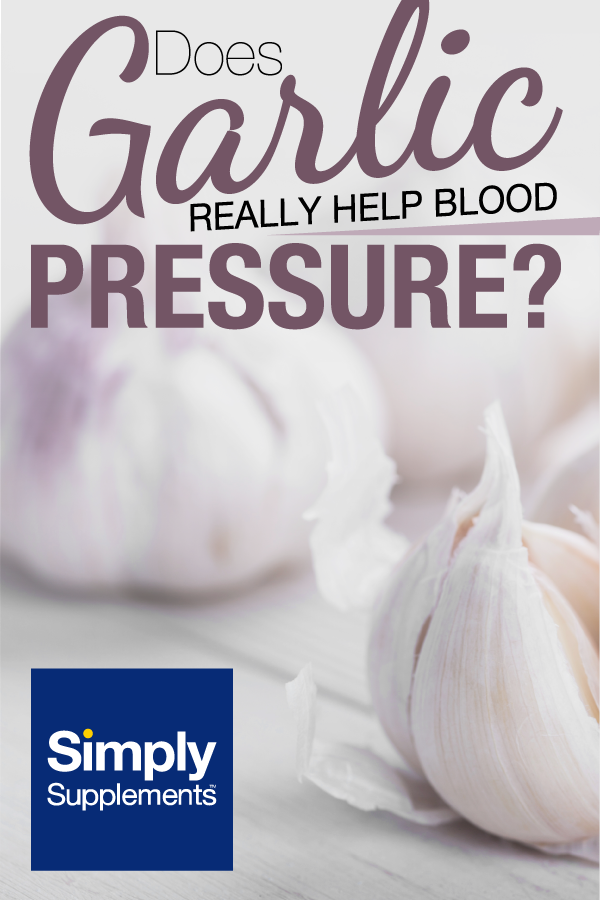
Sources:
http://circ.ahajournals.org/content/96/8/2649.short
http://www.sciencedirect.com/science/article/pii/S1568163702000491
http://jn.nutrition.org/content/136/3/810S.short
http://jn.nutrition.org/content/131/3/1109S.short
http://onlinelibrary.wiley.com/doi/10.1111/jch.12473/full
http://europepmc.org/abstract/med/2071264
http://ajcn.nutrition.org/content/64/6/866.short
https://www.nature.com/articles/ejcn2012178
http://www.sciencedirect.com/science/article/pii/S0955286304000403
https://ecommons.aku.edu/pakistan_fhs_mc_fam_med/177/
https://www.ncbi.nlm.nih.gov/pmc/articles/PMC4266250/
http://europepmc.org/abstract/med/2083173
http://europepmc.org/abstract/med/18443377
https://pdfs.semanticscholar.org/94ff/928a5f5a35db5ba4215ea3a174d4053a288f.pdf
http://hyper.ahajournals.org/content/27/5/1065.short
http://www.sciencedirect.com/science/article/pii/000293439390216C
http://onlinelibrary.wiley.com/doi/10.1002/j.1875-9114.1993.tb02751.x/full
http://www.sciencedirect.com/science/article/pii/S0378512210002276
http://europepmc.org/abstract/med/2083170
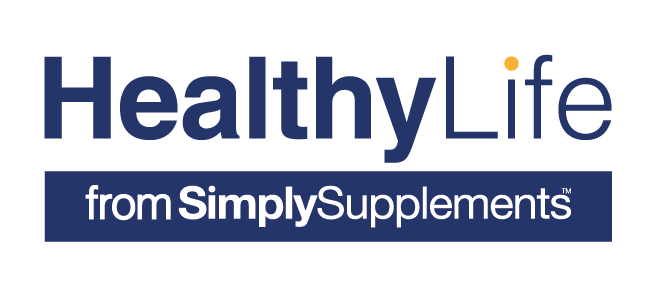
 Nicole
Nicole 